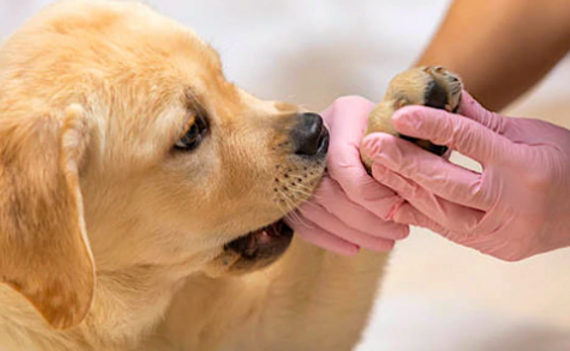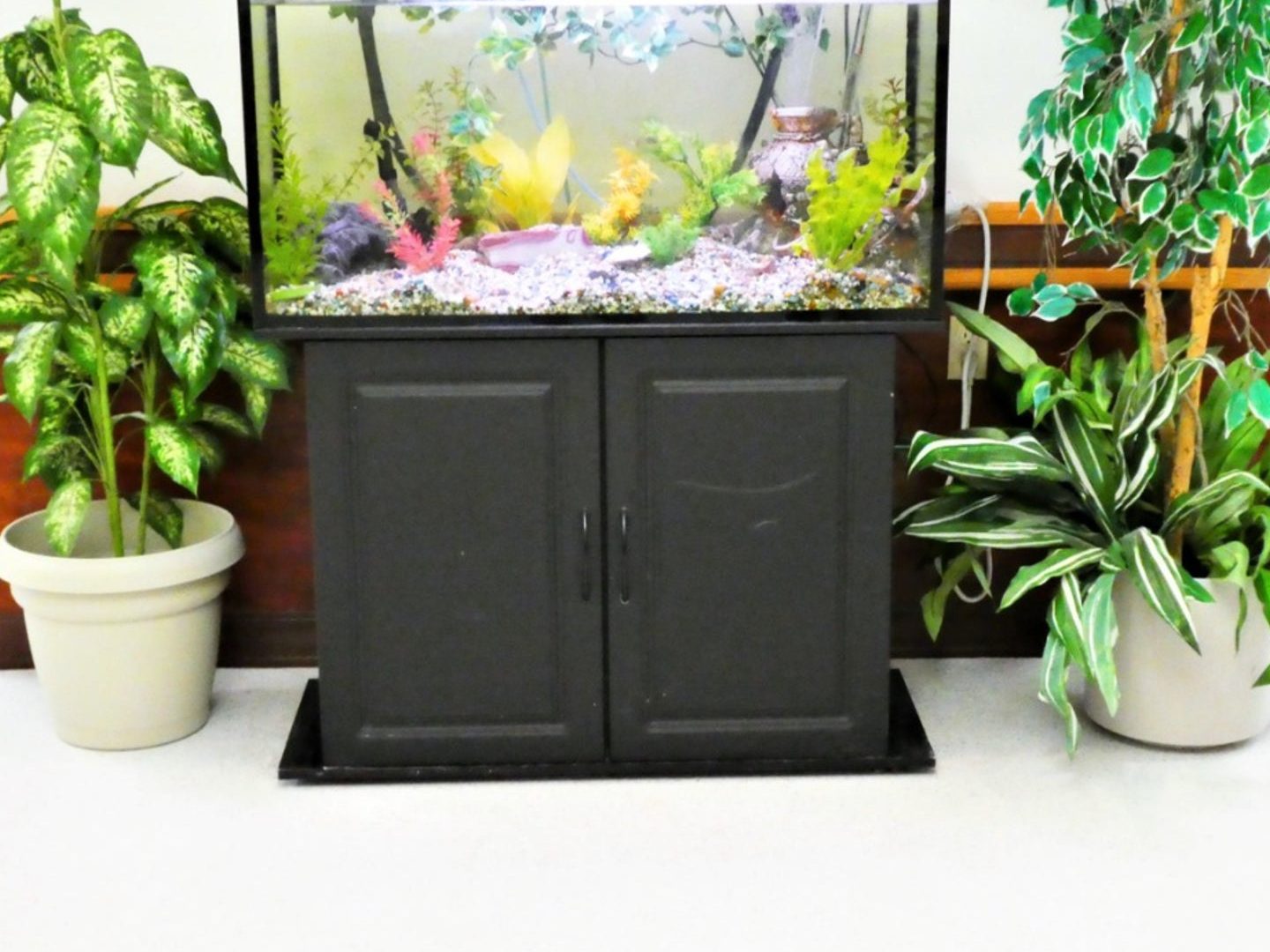Effective Ways to Prevent Excessive Paw Licking in Dogs

Dogs are known for their curious nature and their tendency to explore the world around them using their paws. However, excessive paw licking in dogs can be a cause for concern, as it may indicate an underlying issue or discomfort. If you’ve noticed your furry friend obsessively licking their paws, it’s important to address the problem promptly to prevent further complications. In this article, we will explore some effective ways to prevent excessive paw licking in dogs, ensuring their paws stay healthy and their overall well-being is maintained.
Unleashing Solutions: Effective Strategies to Curb Obsessive Dog Licking
Dogs are known for their affectionate nature, but when their licking behavior becomes excessive, it can be a cause for concern. Obsessive dog licking can lead to various issues such as skin irritation, infections, and even behavioral problems. It is important for dog owners to address this behavior and find effective strategies to curb it.
Understanding the underlying causes of obsessive dog licking is crucial in implementing the right solutions. One common cause is anxiety or boredom. Dogs may resort to excessive licking as a way to self-soothe or relieve stress. Additionally, medical conditions such as allergies, skin infections, or gastrointestinal issues can also trigger this behavior. Identifying the root cause is essential in developing an effective plan.
Training plays a vital role in curbing obsessive dog licking. Teaching your dog alternative behaviors to replace the licking can help redirect their attention. For instance, teaching them the “leave it” command can be useful in diverting their focus away from licking. It is important to be consistent and patient during the training process.
Environmental enrichment is another effective strategy to prevent obsessive licking. Providing your dog with engaging toys, puzzle feeders, and interactive games can help alleviate boredom and anxiety. Mental stimulation can redirect their focus and reduce the urge to lick excessively.
Regular grooming is essential in maintaining a healthy coat and skin for your dog. Keeping their paws clean and dry can help prevent infections and irritation, which may contribute to excessive licking. Regularly check for any signs of allergies or skin issues and consult with a veterinarian if necessary.
Medical intervention may be necessary if the underlying cause of obsessive licking is related to a medical condition. Your veterinarian can conduct a thorough examination and recommend appropriate treatment options. This may include medications to alleviate allergies or address any underlying health issues.
Behavior modification techniques can be employed to address the underlying anxiety or stress that triggers obsessive licking. This may involve desensitization and counterconditioning exercises to help your dog cope with their triggers. Seeking guidance from a professional dog trainer or behaviorist can be beneficial in implementing these techniques effectively.
Consistency is key when implementing any strategy to curb obsessive dog licking. It is important to be patient and persistent in your efforts. Reinforcing positive behaviors and providing a supportive environment can help your dog overcome this habit gradually.
In conclusion, obsessive dog licking can be a concerning behavior that requires attention and intervention. Understanding the underlying causes, implementing effective strategies such as training, environmental enrichment, regular grooming, medical intervention, and behavior modification techniques, while maintaining consistency, can help curb this behavior and improve your dog’s overall well-being.
Barking Up the Right Tree: Effective Sprays to Curb Your Dog’s Paw Licking Habits
Does your furry friend have a habit of incessantly licking their paws? While this behavior may seem harmless, it can actually lead to a range of issues, including irritated skin, infections, and even digestive problems if they ingest harmful substances. If you’re searching for a solution to this pesky problem, look no further than effective sprays specifically designed to deter your dog from indulging in this behavior.
Paw licking sprays are specially formulated to discourage dogs from licking their paws by creating an unpleasant taste or smell. These sprays are safe for your pet and provide an effective way to break their habit without causing harm or discomfort.
When choosing a spray for your dog, it’s important to consider the ingredients. Look for sprays that are made from natural ingredients and free of any harmful chemicals. Some common ingredients found in effective paw licking sprays include bitter apple, grapefruit seed extract, and tea tree oil. These natural deterrents are safe for your pet and will discourage them from licking their paws.
Using a paw licking spray is simple. Just apply a small amount of the spray to your dog’s paws and let it dry. The unpleasant taste or smell will discourage your dog from licking their paws, gradually breaking the habit over time. It’s important to be consistent with the application of the spray to achieve the best results.
Consistency is key when it comes to breaking your dog’s paw licking habit. Make sure to use the spray consistently and reinforce positive behaviors with rewards or praise. Over time, your furry friend will associate the unpleasant taste or smell with licking their paws and will be less inclined to engage in this behavior.
It’s worth noting that paw licking can sometimes be a sign of an underlying issue, such as allergies or skin irritation. If your dog’s paw licking persists despite using a spray, it’s important to consult with your veterinarian to rule out any potential health concerns.
In conclusion, if your dog has a paw licking habit that needs curbing, using an effective spray can be a game-changer. By choosing a spray made from natural ingredients and being consistent with its application, you can help your furry friend break this habit and prevent any potential health issues. So, don’t wait any longer – start barking up the right tree and give your dog the relief they deserve!
Thank you for taking the time to learn about effective ways to prevent excessive paw licking in dogs. We hope that these tips and strategies will help you address this issue and improve your furry friend’s well-being.
Remember, identifying the underlying cause, providing proper grooming and hygiene, and addressing any potential health concerns are crucial in managing and preventing excessive paw licking. By following these guidelines, you can promote a healthier and happier life for your beloved canine companion.
We appreciate your dedication to your dog’s health and happiness. If you have any further questions or concerns, feel free to reach out to us. Good luck on your journey to prevent excessive paw licking, and may you and your furry friend have many paw-some adventures together!
Goodbye and take care!




